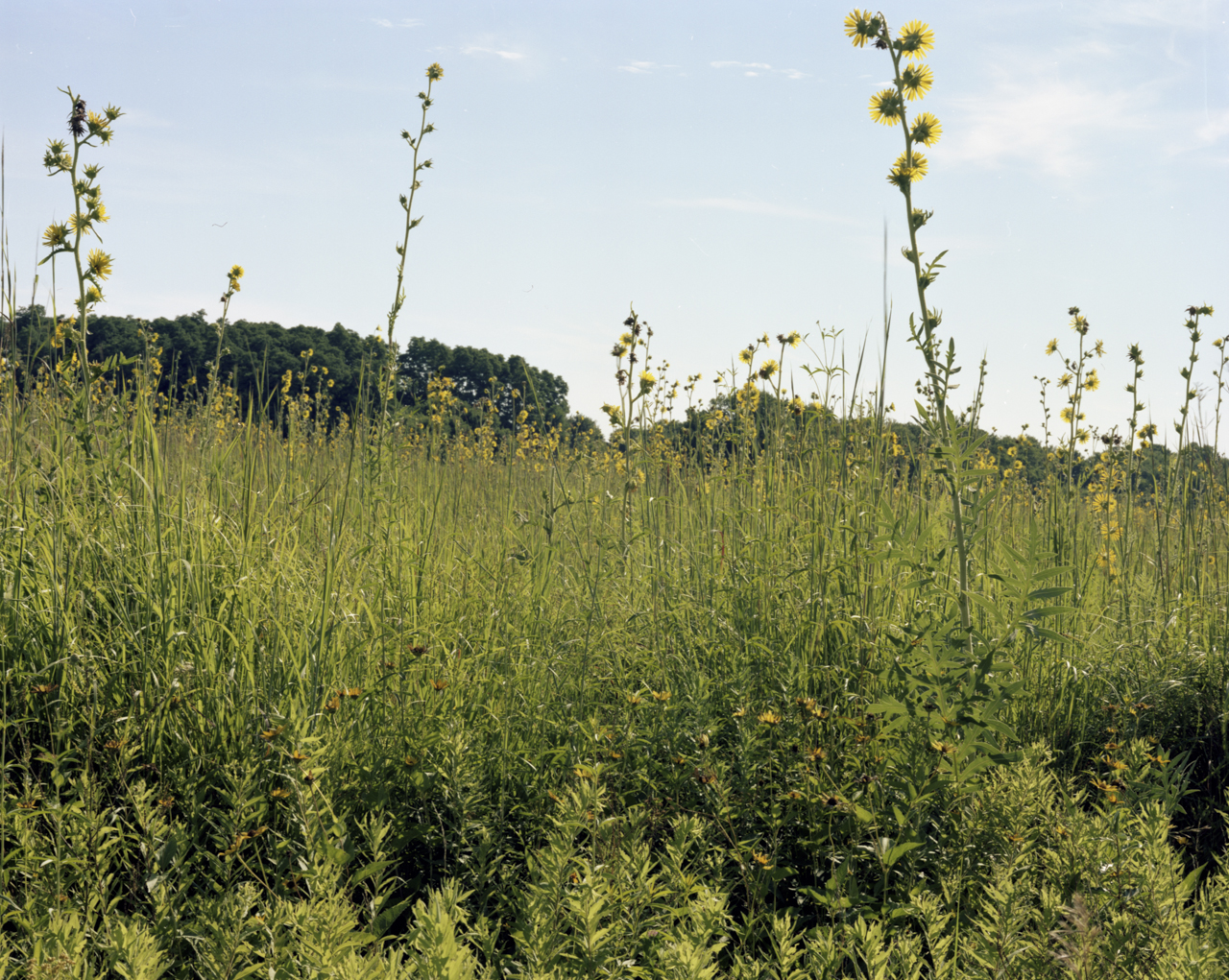Periphery
Periphery
I made this group of photographs at former US military sites. My interest in these places stems from questions about how place can have a memory. The notion of a palimpsest –the site of a text effaced and then written over again while traces of the previous text still remain– is central to my work. In searching for this metaphor in locations in Minnesota and other states, I have found that there are many more former military sites than we might realize. The military’s history and presence is woven into our cultural fabric in so many strands that are only partially visible.
Many of the places I have visited were previously or are currently environmental disasters. Soil and water are contaminated. Exposed asbestos remains in existing structures. In discovering this frequent common characteristic, the work holds an inherent critique of how our institutions treat the land. So often we seem to ask, “What can this land be used for?” in the most immediate sense of the phrase, when other questions like “What is our relationship to the land?” are increasingly vital now that we have entered the anthropocene era.
I try to make photographs that speak to the predominant characteristics of each site. I research these elements before visiting a location to try to understand how they came to be at that specific place. For example, I photographed flowers, plants and grasses at the Medewin Tall Grass Prairie, which used to be the Joliet Army Ammunition Plant. What once was a monoculture of concrete and explosives is now a complex polyculture of perennials. A former radar base in Finland, Minnesota still contains several dozen former residencies with remnants of a particular family’s taste and lifestyle. It is ironic that at a former military site, an institution that demanded extreme conformity, structures still bear markers of individuality and identity.
Several former military sites stage reenactments, with actors ranging from young teenagers to historians in their sixties dressed in period-specific clothing. They reenact speeches and battles as well as mundane chores and daily activities. This performance of a particular kind of American identity, often with an emphasis on accuracy, offers a window into the strange construct of “American-ness” and the cultural need to follow a script, written over and over again each year, for visitors. It is an organized effort to make the memories of a place visible in service of trying to define what “American” is, for better or worse.












